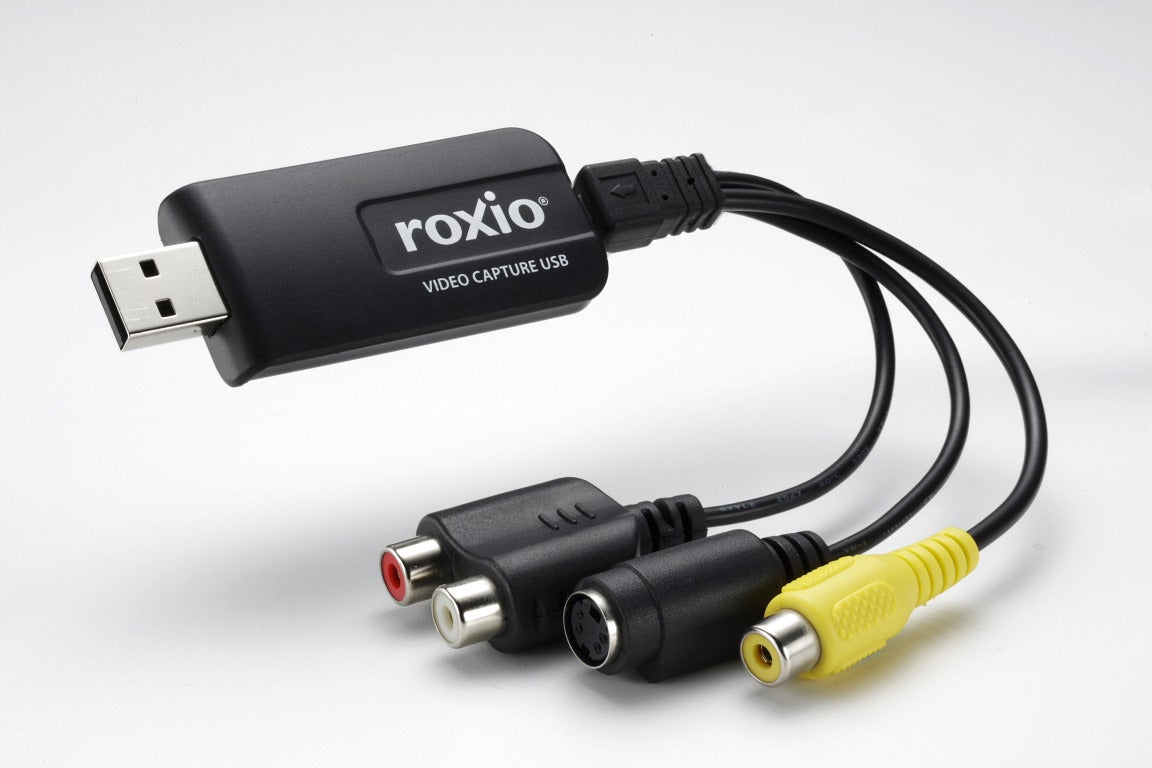Vhs To Digital Converter For Mac
Posted By admin On 17.01.19We spent 44 hours on research, videography, and editing, to review the top selections for this wiki. If you have a box full of old home videos taking up space and getting dusty in your attic, you should consider bringing those memories up to date with one of these VHS to DVD converters. Most of the items on our list will not only let you burn the footage to disc, but also convert it to digital files that are ideal for uploading to Facebook or YouTube. When users buy our independently chosen editorial picks, we may earn commissions to support our work. We spent 44 hours on research, videography, and editing, to review the top selections for this wiki. If you have a box full of old home videos taking up space and getting dusty in your attic, you should consider bringing those memories up to date with one of these VHS to DVD converters.
Dvd to ipod converter for mac. A VHS to DVD converter for Mac (macOS Sierra) is required to burn digitized VHS files to DVD. Here iSkysoft DVD Creator for Mac is highly recommended. It's an easy-to-use software that allows you to easily burn your video footage onto your DVDs, providing all basic video editing tools to enhanve your VHS footage. V.TOP USB 2.0 Video Audio Capture Card- VHS to DVD Converter Digital Video Grabber Devices for Windows Mac iMac PC View on Amazon The V.Top USB 2.0 Video Audio capture card is a dependable device to bring with you especially if you are planning to convert your favorite VHS tapes into a digital.

The converter will deliver your new digital files in a MOV file format which works well with the video editing applications on Mac. Thanks to the intuitive software, the process for successfully converting VHS to DVD is a breeze with this model but if you have any issues it’s nice to know that Vidbox is committed to providing a solid customer. Digital Image To Icon Converter is a helpful tool that allows you to convert images or digital photos in to Windows Icons. Digital Image To Icon Converter is a helpful tool that allows you to convert images or digital photos in to Windows Icons. Convert your video to digital format with one click. Step-by-step pictorial instructions guide you through the process. All-in-one solution provides everything you need to easily convert your videos to digital formats.
Most of the items on our list will not only let you burn the footage to disc, but also convert it to digital files that are ideal for uploading to Facebook or YouTube. When users buy our independently chosen editorial picks, we may earn commissions to support our work. The VHS cassette tape was first developed by JVC, a Japanese technology and electronics company, in the 1970s. VHS is an acronym for the Video Home System, and indeed that descriptive name is an apt one for these units. Understanding why merits a look slightly farther back into history. Magnetic tape was first used for audio recording, with viable application seen in the late 1920s.
Was first developed some two and a half decades later. In the 1950s, magnetic video tape was commonly used in the professional television industry, recording shows for later rebroadcast. The complexity and expense both of early video magnetic tape and the machinery that processed it limited the use of the medium to professional media production and broadcast companies and to certain medical and scientific applications, such as with fluoroscopy imaging.
Flash forward another two decades to the 1970s, and we see the beginnings of what would be the first commercially viable home video platform. And indeed beginnings is the right word, as two competing formats of magnetic video tape came to the fore during that decade.
One, produced by the Sony Corporation, would come to be known as Betamax, a video tape format that actually went on to see extreme success in various professional fields, and limited success as a format for home movie watching. It was the Video Home System -- the iconic VHS video cassette -- that would soon be lining the shelves at video rental stores and tucked into cabinets and drawers in homes all around the world.
The first functional VHS tape prototype was produced in the year 1973, after several years of development. The first VHS players and tapes readily available to the consumer marketplace came out in Japan in 1976, and in the United States in 1977. Despite entering the market more than two years after the release of the comparable (and arguably superior) Betamax format, VHS tapes soon became the ascendant platform thanks to a furious marketing effort and thanks to agreements between JVC and various other companies that saw the format used by multiple multinational companies. VHS recorders/players, also known as VCRs, were a mainstay of living rooms, classrooms, offices, and beyond for more than twenty years, but the latter half of the 1990s saw DVDs begin to chip away at the platform's marketshare (in a way that laser discs and other video options certainly never had). Improved digital technology would sound the death knell of this fine analog format, though in fact VCRs were still being made right up, a testament to the lasting quality of the format and hardware, as well as to the power of nostalgia (and/or inertia) among many media consumers.